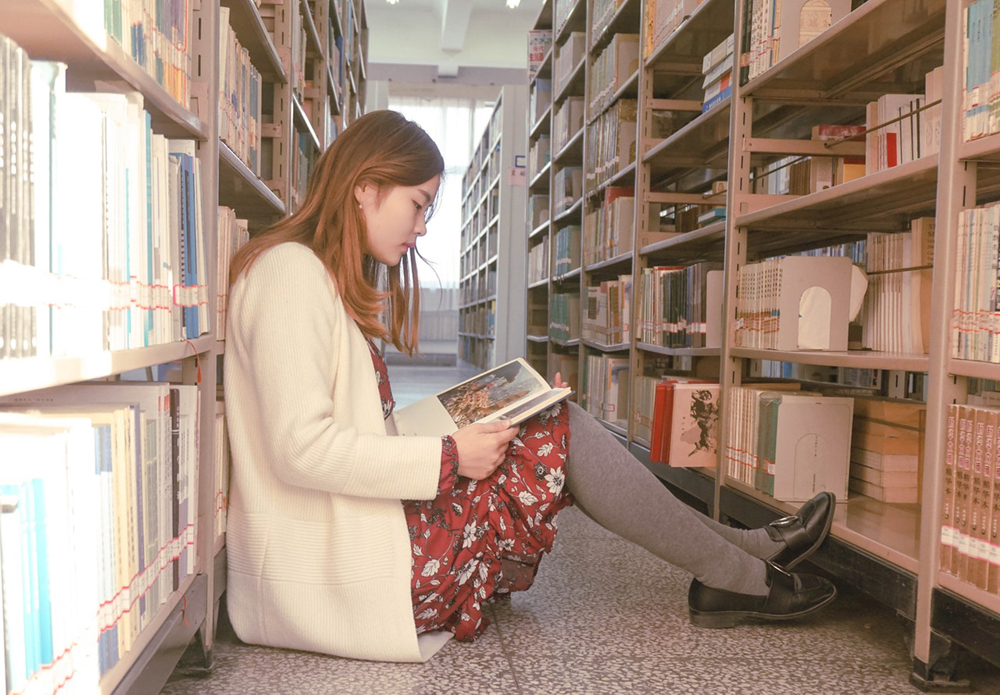
For the most part, we are back to school… but there is a wide range of schooling going on in this strange interim period of Coronavirus recovery. While most are keen to get on with the school year, students and parents are reporting a mixed experience in the quality of real teaching and learning happening at school at the moment. For high school students, this is a major concern as we edge closer to mid-year and end of year testing and addressing normal progression beyond 2020!
Demands on high school students are considerable, and ideally our children return to school optimistic and not stressed. What can we do to support our students in getting back on track in 2020?
Classrooms may look a little different for the time being, teachers may seem stressed as they adjust to constant changes to their work, and parents and students may be experiencing gaps in information or resources as we all try to get back on track. Providing your child a ‘safe haven’ on the home front by adopting a calm and positive attitude is essential, as they may not find it elsewhere.
Work on doing the best with the information you have, discussing creative solutions to problems as they come up, and keeping lines of communication open. Speak positively about the school with your child – whether or not you feel this way at the moment, the reality is they need to feel positive about going there every day!
Technology is both a saviour and a challenge in these times of great change. Students have used technology to give them access to resources while at home, and yet they may also have spent a very high proportion of time on devices, which we know can be detrimental to health.
With the return to school for many, technology should be supplementing face-to-face teaching, not replacing it, as editor Misha Ketchell points out in The Conversation (see Resources below).
However, there are cases where students are reportedly being ‘babysat’ at school by teachers while they complete online programs that were planned when we thought we’d all be staying home longer. The thinking may be that students left at home are disadvantaged if not all are taught the same way; yet parents who are able to send their children back to school are seeking more than babysitting!
It’s important to know how your school is providing a strong range of experiences for your child, including group learning, hands-on activities and teacher-led discussion, and to work as a community to create a broader experience where necessary.
The disruption to students’ learning this year is an issue. There will be a period of resettling after a fearful and uncertain time; then there’s catching up to do and exams to prepare for… all while keeping a positive and constructive frame of mind. Wherever possible, your child will benefit from some extra 1-1 attention, whether that is through the school, at home, or with your child’s tutor. In some cases, a child may need other support to help them through issues and boost their confidence – perhaps with a specialist, psychologist or doctor.
If you are choosing to keep your child at home, guidance in learning is essential for most high school learners over an extended period of time. In normal circumstances, learning is guided each step of the way – so it’s important to gauge not only your child’s ability to keep on track, but how proficient are they at taking the relevant learnings from the activities that have been set by the school? And how comfortable do they feel about self-guided learning?
Stay informed of the resources available to you in order to find the best solution for your family, and remember that you can change what this looks like, as your circumstances change.
WA Education and advice from the Department of the Premier & Cabinet https://www.wa.gov.au/organisation/department-of-the-premier-and-cabinet/covid-19-coronavirus-education-and-family-advice
‘What’s next for schools after coronavirus? Here are 5 big issues and opportunities’ – The Conversation